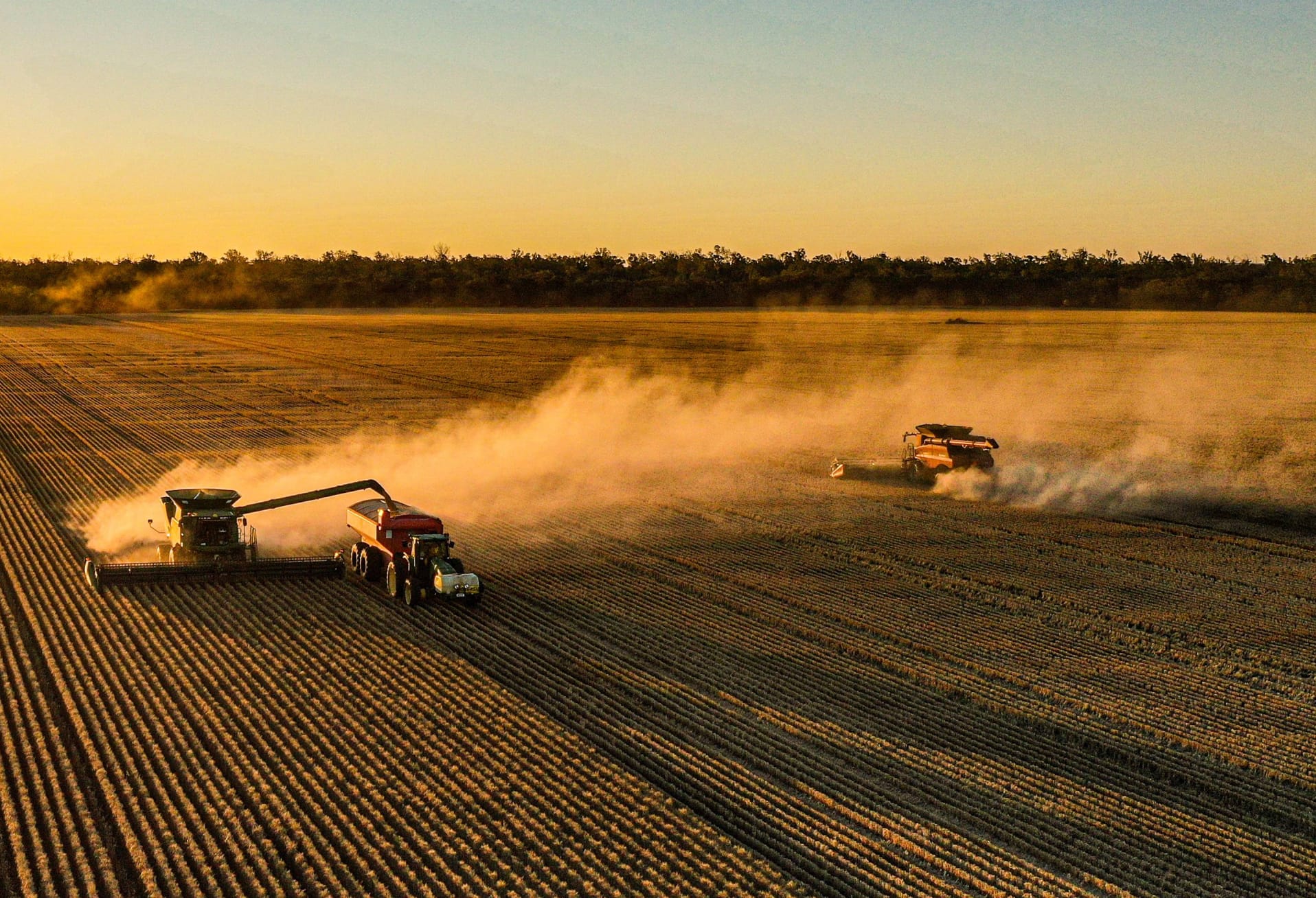High yielding crops in 2016 has resulted in large stubble loads, pushing the management to the forefront of growers’ minds. Thanks to five years of funding from the GRDC, the stubble initiative is aiming to fill knowledge gaps so that more informed decisions can be made by farmers about stubble management.
The benefits of stubble retention are widely recognized however, growers are continually being challenged by issues that can arise when stubble is retained. These include weed, pest and disease control, crop nutrition and the most problematic in 2017, the logistics of sowing into heavy stubble loads in a subsequent season.
The stubble initiative project, which commenced in July 2013 and will conclude in June 2018, involves leading growers, farm consultants, machinery specialists and researchers to ensure research is relevant and practical for the industry to adopt. BCG has been leading the Victorian component, and collaborates with ICC, SFS and VNTFA to investigate topics which lead to retaining stubble and its management. Key aspects of stubble management which have been investigated so far are:
- Break crops
- Row spacing
- Stubble characteristics
- Stubble management at harvest
- Monitoring stubble during the fallow period
- Seeder set up and selection
- Inter row sowing
- Weed management
- Herbicide application
To ensure the successful and long-term adoption of stubble, each region of the project has been developing factsheets, and articles on research updates and outcomes which focus on each of the for mentioned aspects of stubble management.
BCG has delivered numerous workshops (sprayer and spreader calibration), crop walks (exploring stubble trials), stubble focused grower trip and many stubble focused articles throughout the growing season.
Previous BCG trials have investigated many aspects of stubble management including stubble nutrition, tracing nitrogen, row spacing and sowing direction.
In 2017, BCG will monitor two farmer scale trials located at Kooloonong and Rupanyup whereby crop emergence, growth pattern and biomass production of lentils will be compared between a stripper and draper front (harvested in 2016). Plans are in place for a stubble focused crop walk/bus tour in June with details to become available soon.

Figure 1. Inter-row sown Hurricane lentils at Kooloonong into the draper front (LHS) and the stripper front (RHS).
VNTFA has just recently put together a film, ‘residue to the max’ to show that stubble is a friend not a foe and with the correct seeding equipment there can be alternatives to stubble burning.










